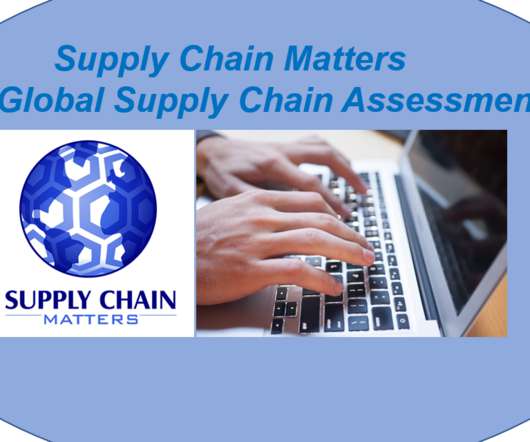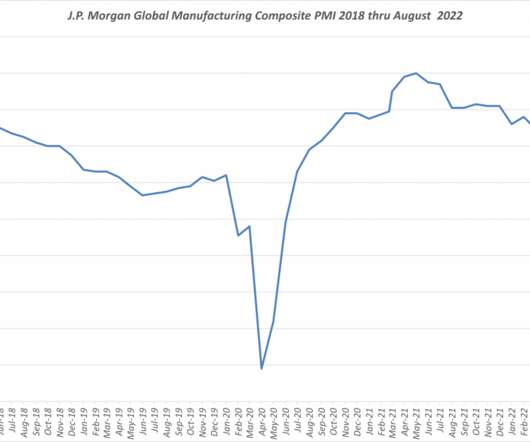Supply Chain Disruption. A Deeper Look Into Context, Causes, and Trends
Elementum
MAY 26, 2022
These self-imposed problems are, not surprisingly, endemic to major successes with outmoded approaches, and in the face of today’s new challenges and demands, they’ve exacerbated an already urgent supply chain crisis. Supply Chain Disruption: A Closer Look at Macro Factors. The post Supply Chain Disruption.
















Let's personalize your content